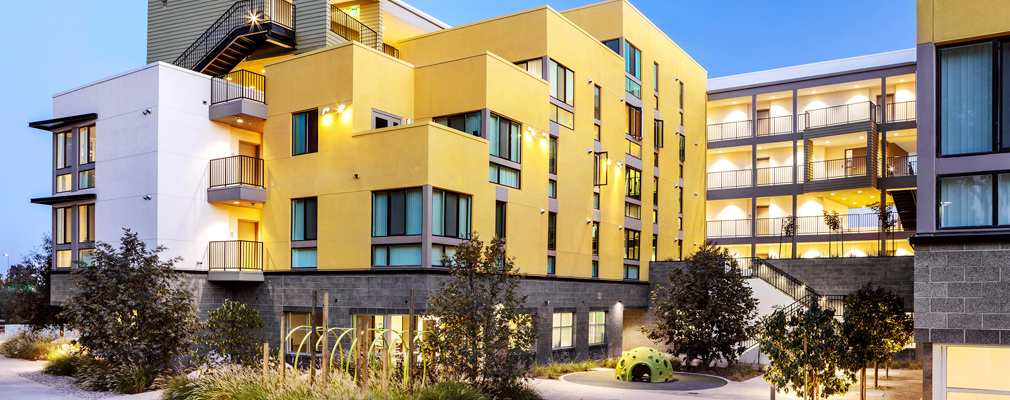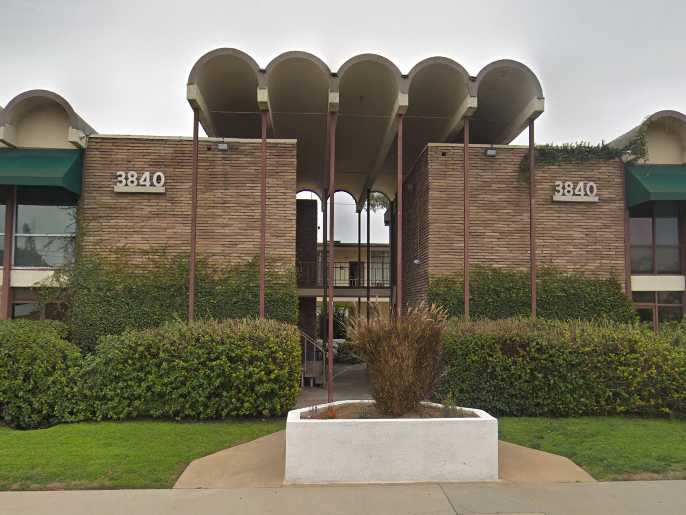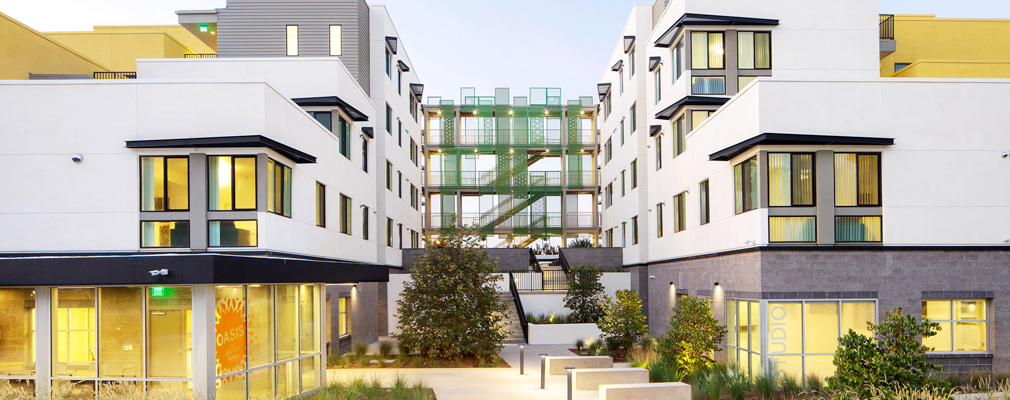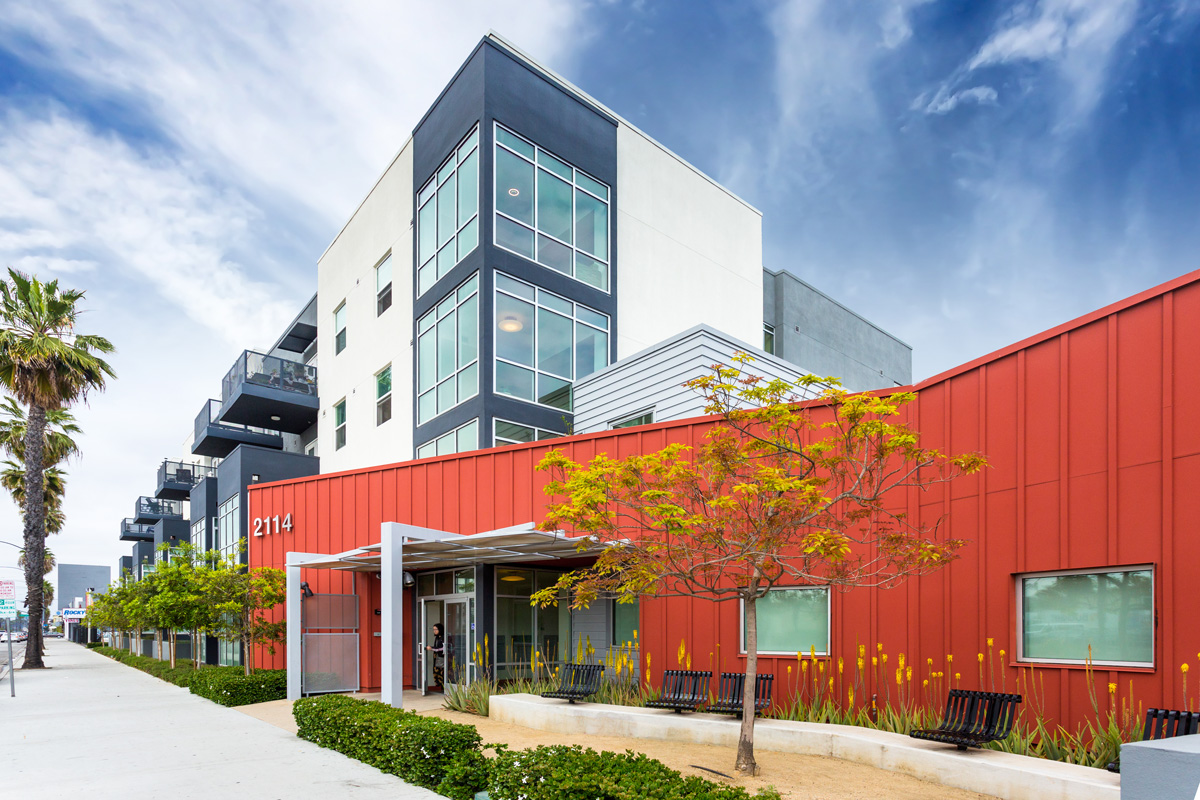Transitional housing plays a pivotal role in ensuring that individuals and families experiencing homelessness have a safe and supportive environment while they regain stability. In Long Beach, California, a city known for its rich culture and vibrant community, transitional housing options are crucial for many residents. This article delves into the various aspects of transitional housing in Long Beach, including available services, community programs, and potential paths to permanent housing.
What is Transitional Housing?
Transitional housing is a temporary housing solution designed to help individuals and families who are homeless or in unstable living situations. Unlike traditional shelters, these programs often provide a supportive environment that includes case management, life skills training, and assistance in finding permanent housing.
The Purpose of Transitional Housing
- To provide a safe and stable living environment.
- To help residents develop necessary life skills.
- To facilitate access to social services and job training.
- To assist with the transition to permanent housing.

The Need for Transitional Housing in Long Beach
Long Beach faces challenges common to many urban areas, including a rising homeless population. According to the Los Angeles Homeless Services Authority (LAHSA), the city has witnessed an increase in homelessness, necessitating effective transitional housing solutions. Factors contributing to the need for transitional housing include:

Key Factors Influencing Homelessness
- Affordability crisis in housing.
- Economic instability and job loss.
- Mental health and substance abuse issues.
- Family disruptions, including domestic violence.

Available Transitional Housing Programs in Long Beach
Long Beach offers a variety of transitional housing programs aimed at different populations, including families, veterans, and individuals with mental health challenges. Below is a comprehensive breakdown of notable programs:
1. Long Beach Rescue Mission

The Long Beach Rescue Mission provides emergency shelter, transitional housing, and aftercare support for those in need. They cater primarily to men, women, and children facing homelessness.
- Services Offered: Emergency shelter, food services, rehabilitation programs.
- Location: 726 W 4th St, Long Beach, CA 90802
- Website: lbrm.org

2. The Pacific Gateway Workforce Innovation Network
This organization focuses on job training and employment opportunities, aiming to integrate transitional housing residents back into the workforce.

- Services Offered: Job training, resume workshops, and access to job listings.
- Location: 4900 E Conant St #103, Long Beach, CA 90808
- Website: pacificgateway.org
3. The Long Beach Housing Authority

The Long Beach Housing Authority administers several programs designed to assist low-income families in finding affordable housing.
- Services Offered: Housing choice vouchers, opportunities for supportive housing.
- Location: 521 E 4th St, Long Beach, CA 90802
- Website: lbha.org
Comparison of Transitional Housing Options in Long Beach
Understanding the differences between various transitional housing options can help individuals make more informed choices. Here’s a comparison table highlighting key features:
| Service/Program | Target Population | Duration of Stay | Additional Support Services |
|---|---|---|---|
| Long Beach Rescue Mission | Individuals and families | 3-6 months | Job training, rehabilitation programs |
| Pacific Gateway Workforce Innovation Network | Job seekers | Varies | Job training, resume workshops |
| Long Beach Housing Authority | Low-income families | Ongoing | Housing choice vouchers |
Pros and Cons of Transitional Housing in Long Beach
Advantages of Transitional Housing
- Supportive Environment: Residents receive assistance from case managers and peer support.
- Skill Development: Programs often include life skills training, job readiness, and financial literacy.
- Pathway to Permanent Housing: Transitional housing programs are designed to help residents secure stable, long-term housing.
Challenges of Transitional Housing
- Limited Availability: High demand often leads to long waiting lists for services.
- Time Constraints: Some programs have strict timelines for transitioning to permanent housing.
- Varied Quality: The effectiveness and quality of services can differ greatly between programs.
Cultural and Community Engagement in Long Beach
Long Beach is known for its diversity and community-oriented culture, which plays a significant role in the effectiveness of transitional housing solutions. Local organizations often engage the community in various ways:
Community Involvement and Volunteer Opportunities
Residents of Long Beach have numerous opportunities to support transitional housing initiatives through volunteering, fundraising, and advocacy:
- Volunteering at food banks and shelters.
- Participating in community events to raise awareness about homelessness.
- Engaging in advocacy for policies that promote affordable housing and mental health services.
Technological Innovations in Transitional Housing
Technological advancements are also shaping the landscape of transitional housing in Long Beach. Here are some emerging technologies that improve service delivery:
1. Digital Case Management Systems
These platforms facilitate better tracking of resident progress and resource allocation, allowing for tailored support.
2. Housing Locator Tools
Online resources that help individuals find available housing options based on their needs and financial situations.
3. Virtual Job Training Programs
Online platforms providing job skills training that residents can access from transitional shelters.
Tips for Accessing Transitional Housing in Long Beach
- Research Available Programs: Familiarize yourself with different housing programs by visiting their websites or contacting them directly.
- Prepare Required Documentation: Keep necessary documents handy, such as identification, income verification, and any relevant medical records.
- Be Ready for Interviews: Many programs require interviews to assess eligibility; practice your responses and be honest about your situation.
- Utilize Local Resources: Don’t hesitate to leverage local community resources, such as churches or non-profit organizations.
Conclusion
Transitional housing in Long Beach, California, is a vital component of the community’s efforts to combat homelessness. With a variety of programs available, residents have access to critical resources that help them toward a brighter future. By understanding the available options and engaging with local initiatives, individuals can find the support they need to transition to stable and permanent housing successfully.
Frequently Asked Questions
1. How long can someone stay in transitional housing in Long Beach?
Typically, residents can stay in transitional housing for 3 to 24 months, depending on the program’s guidelines.
2. Are there specific requirements to enter transitional housing?
Most programs require applicants to demonstrate a need for assistance, which may include being homeless or at risk of losing housing.
3. What types of support services are available in transitional housing?
Support services vary by program but generally include case management, job training, financial literacy programs, and access to housing resources.
4. How can I find transitional housing programs in Long Beach?
You can search online through local government websites, non-profit organizations, or outreach programs that focus on housing assistance.
For more information on homelessness and transitional housing resources, visit the Los Angeles Homeless Services Authority.
By understanding transitional housing options and actively engaging with community resources, individuals in Long Beach can work towards gaining stability and rebuilding their lives.